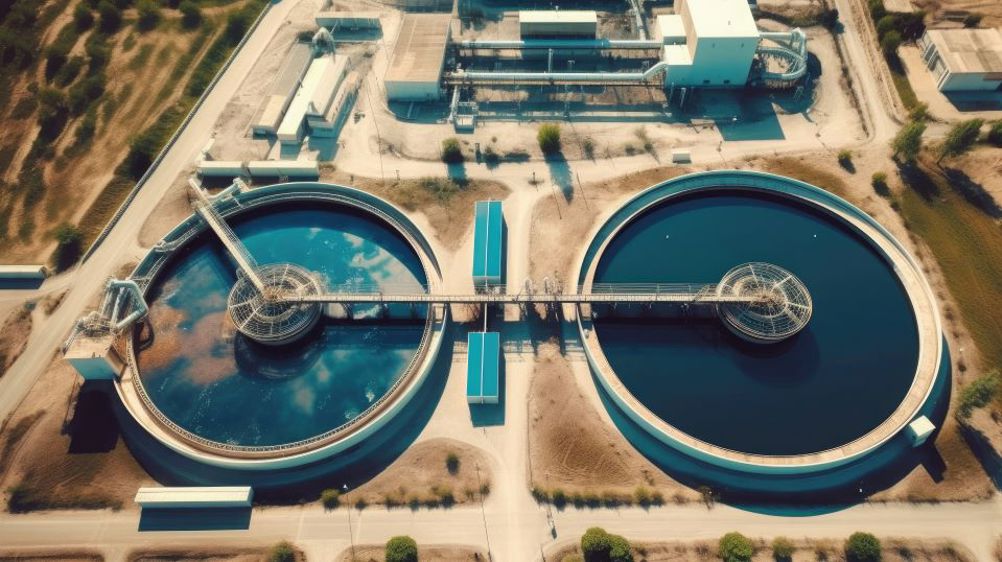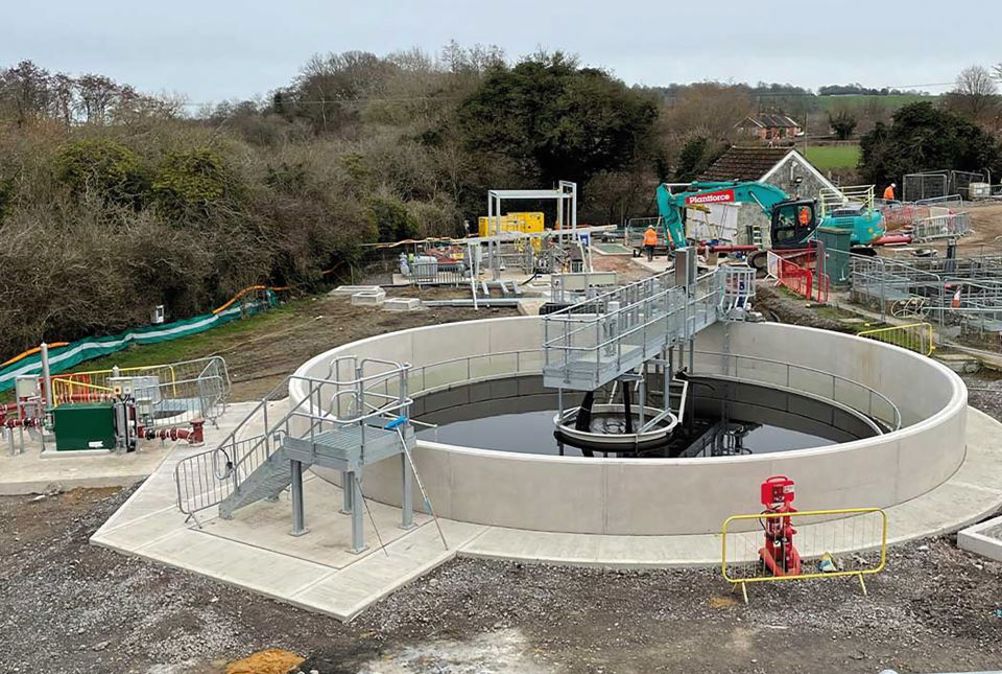Pressure for change in the UK’s water industry has been growing significantly in the last few years fuelled by an ever-increasing furore over sewage spills.
Seemingly every incident of dead fish floating on waterways is picked up by the media while publicly available results from monitoring systems produce what seem to be alarming statistics on water quality in rivers and seas.
The growing hype has been picked up by politicians eager to score points by attacking a privatised industry that has seemingly underinvested in the sewage system, much of which dates back to the Victorian era.
Fears have been raised about the impact of climate change and population growth on this system while the growing popularity of water-based leisure activities such as wild water swimming and surfing only highlights the prevalence of sewage and its inherent health risks still further.
There are two main reasons why sewage can appear in waterways – pump failure and the effect of combined sewage overflows (CSOs) where it is legally released during periods of heavy rainfall to prevent the sewage system being overwhelmed leading to flooding of homes, roads and open spaces.

Pump failure
Pump failure can occur for a wide range of reasons such as a lack of preventative maintenance. This has become more important in recent years with wet wipes, kitchen towels and sanitary products being flushed into the system causing blockages in the pump or the non-return valves.
Fat, oil and grease being poured down kitchen sinks can exacerbate the problem, combining with fibrous materials to form ‘fatbergs’ that can cause significant blockages.
Recently, Yorkshire Water was fined £1,600,750 for polluting a Bradford watercourse in a prosecution brought by the Environment Agency. In 2018, a total of 25 unauthorised sewage spills had occurred with an investigation revealing one or both pumps had failed causing the sewage tank to overflow.
CSOs have also been under the microscope with widespread evidence that some water companies are spilling sewage on dry days leading to highly concentrated discharges. More fines running into hundreds of millions of pounds have been imposed on water companies as a result.
This has led to the UK government introducing the Storm Overflows Discharge Reduction Plan which introduces discharge targets for overflows and could see additional funding of more than £10 billion this decade, cutting spills by 140,000 a year.
Attenuation tanks
Measures will include the construction of thousands of storm water attenuation tanks to hold surges during periods of heavy rain, separating rain from the sewers increasing the capacity of sewage works and creating nature-based treatment solutions for discharges.
This massive investment combined with public apologies from the industry is unprecedented. But, according to Matt Wheeldon, director of infrastructure development at Wessex Water and board representative for sewerage at UK Water Industry Research, it needs putting into context.
He points out that historically foul water and rainwater were discharged from homes in a single pipe making it heavily diluted. Significantly, there was little monitoring of overflows until 2015 apart from near bathing water sites.
Now, unlike Scotland and most of Europe, virtually all storm overflows are monitored producing a vast amount of data which he says is being interpreted in an alarmist way with little or no supporting environmental impact data.
Wheeldon said: “We have started monitoring discharge activity but not associated environmental impact. In fact, data from the Environment Agency’s river quality monitoring, reveals that less than 4% of the reasons why rivers do not meet good ecological status are attributed to storm overflows.
“The media and campaigners have locked on to the idea sewage is a massive problem. It’s a very evocative, emotional word but we’re usually talking about a liquid with a very low biological load.
“The fact is we didn’t know how often overflows operated and it is difficult to know whether we are seeing more discharges now.”

Building construction
In modern building construction, rainwater is separated from foul water but in England more than half of today’s properties were built with combined drains.
Wheeldon added: “Ideally no rainwater should be going into sewers. Rainwater should be captured locally and stored as close to where it landed in the first place but it is still not happening. If we had followed good rainwater management we would not be in this position.”
Climate change has also intensified the need for this to happen. The UK’s weather is changing from “constant drizzle” as Wheeldon terms it to periods of droughts and thunderstorms. Instead of simply monitoring the problem and watching it grow worse, there is now a need to invest significantly and find solutions which inevitably involve pumps.
He said: “Pumps play a vital role in the sewerage network. With more solutions such as attenuation tanks being used to address storm overflows, there are going to be a lot more pumps. The opportunities to operate the whole of the sewerage network as a single system rather than individual elements means a data-driven intelligence-led approach to stormwater management. Pumps must evolve from just switching on at a certain level to using predictive data to prepare for future increased flows.”
Continuing innovation
Smart technology allowing remote monitoring to identify potential problems before they happen will help as will the likes of chopper pumps which will help shred fibrous material. Continuing innovation is vital to solving sewerage capacity and maintenance problems along with societal change covering what we flush into the system and how we manage rainwater at our properties.
In short, there is no single solution to a problem not really appreciated until it was assessed properly and recriminations have been put ahead of solutions. Now it is hoped the billions flowing into the beleagured sewerage systems will reduce discharges to meet the newly created targets.
Helen Wakeham, director of water transformation at the UK’s Environment Agency, said: “We need innovation in water and wastewater treatment, nature-based solutions and sludge management, along with improved land management and agricultural practices and new approaches to pollution from transport and urban areas.
“Innovation is not just about tangible assets but also about encouraging a culture that embraces innovation and transformation in relation to processes, mindsets and technology.”

About the author
Andrew Smith is a freelance writer.
This article first appeared in the November/December 2023 issue of World Pumps magazine. To read the full issue, click here.





